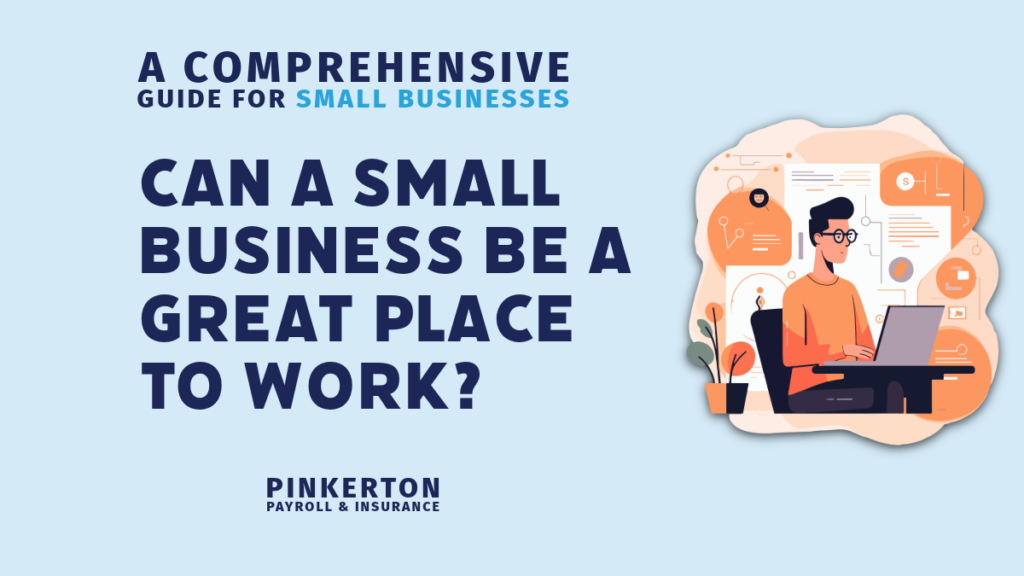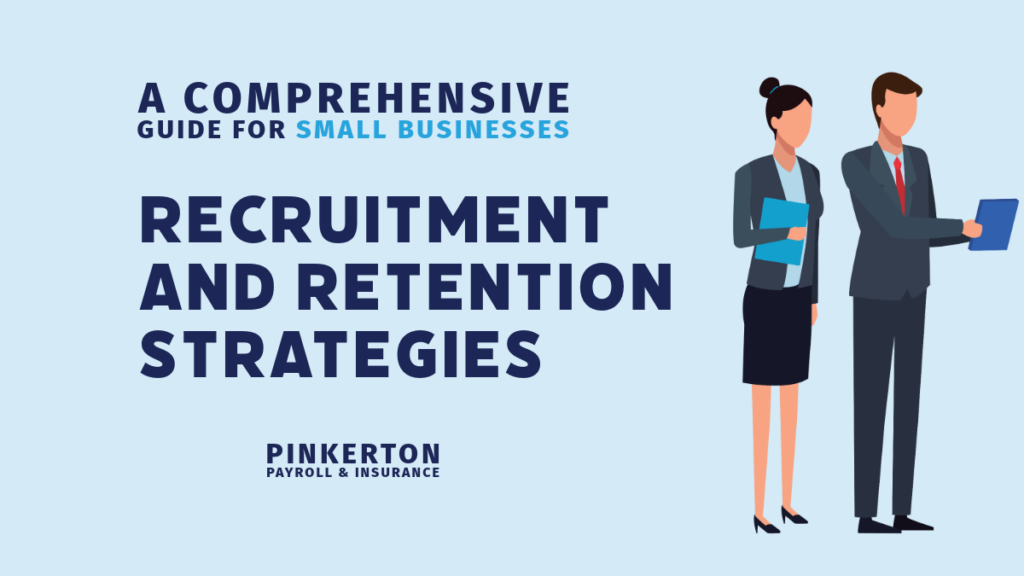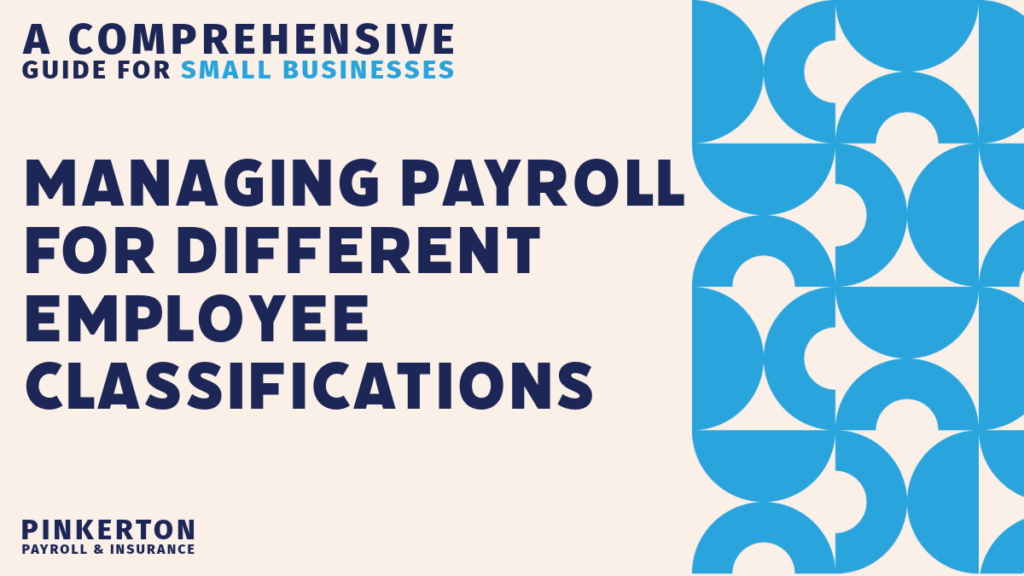The Key to Thriving Amid Today’s Market Volatility: HCM and Workforce Management Technology
This blog post was originally published by UKG – inspiring every organization to become a great place to work through HR, pay, workforce management, and culture technology built for all. Research shows the right tech solutions can help you navigate — and thrive — through market uncertainty. Key Points: Strategic workforce planning with HCM tools helps businesses stay agile and aligned during market volatility. Agile talent management enables internal mobility through skills tracking and targeted reskilling. Automated compliance in workforce systems reduces regulatory risk and ensures up-to-date policies. Real-time analytics from HCM platforms empower leaders to make faster, data-driven decisions. Businesses today are facing challenges ranging from shifting U.S. tariffs and global trade tensions to supply chain disruptions and labor shortages. These uncertainties demand more than just reactive measures—they require strategic foresight, agility, and data-driven decision-making. To stay competitive and resilient, you need to rely on your HR and payroll technology, also known as human capital management (HCM), and workforce management software. These tools go beyond traditional HR functions, offering powerful capabilities to plan, adapt, and optimize workforce strategies in real time. From small businesses to global enterprises, leveraging this technology can be a game-changer in navigating market volatility. “Companies that reap the benefits in uncertain economic times are those with deep insight into how to re-allocate the time and skills of their workforces to mitigate additional uncertainty,” explains Eddie Hearn, Lead Labor Economist at UKG. This blog explores some of the most significant business impacts of today’s economic uncertainty and how your organization can navigate them with the right workforce technology. Unique Impact of Market Volatility on the Frontline Workforce According to the April 2025 UKG Workforce Activity Report, based on data from approximately 6.2 million hourly U.S. employees, the unpredictability of sweeping tariffs has started to impact U.S. frontline workers. Manufacturing workers had fewer shifts and less overtime in April for the first time in 15 months, while across all sectors, shiftwork increased at a slower pace of just 1.5%. What does this mean? Reduced hourly shift work is often a precursor to reduced hiring and, eventually, lower employment. Moreover, according to a recent UKG survey of 5,000 frontline workers, 52% said they are worried that tariffs could trigger layoffs, while 74% anticipate a negative impact on their future earnings. These concerns are already prompting changes in behavior: 70% of respondents said they are adapting by working extra hours, improving their skill sets, or boosting their savings in response to the economic instability. “As the U.S. moves into an era of elevated economic-policy volatility, UKG data increasingly shows us how employers and employees are playing a waiting game to see what will happen if and when volatility resolves. In an environment of great uncertainty for workers, it is crucial for companies to be able to quickly react to changes in frontline-working conditions that impact hours, hires, quits, and wages. Companies that reap the benefits in uncertain economic times are those with deep insight into how to re-allocate the time and skills of their workforces to mitigate additional uncertainty.” – Eddie Hearn, Lead Labor Economist, UKG By deploying HCM and workforce management software, your organization can help frontline workers manage uncertainty by offering greater visibility into schedules, shift availability, and earnings. These tools support flexible scheduling, enable skill development, and help employers make data-driven staffing decisions to minimize layoffs. By improving transparency and access to opportunities, they help workers adapt and stay resilient during market volatility. Enabling Strategic Workforce Planning One of the most critical aspects of managing through economic uncertainty is the ability to plan proactively. HR and payroll software enables businesses to model various workforce scenarios, helping leaders understand the implications of different strategic decisions. With scenario modeling, HR leaders can forecast labor needs, estimate costs, and assess the feasibility of changes such as shifting production or restructuring teams. These insights ensure that workforce strategies align with broader business goals, enabling smarter, faster decisions. Applying Agile Talent Management and Redeployment Economic shifts often require companies to pivot quickly, sometimes within weeks or even days, making agile talent management essential. HR platforms help identify skill gaps, track employee competencies, and facilitate reskilling or upskilling initiatives. Redeploying talent internally across departments or regions helps businesses reduce the need for external hiring, lower costs, and retain valuable institutional knowledge. HCM and workforce management solutions simplify this by providing real-time visibility into workforce capabilities, availability, and development needs, enabling smarter, more efficient talent allocation and long-term workforce engagement and resilience. Addressing Employee Compensation Concerns Business owners and leaders aren’t the only ones concerned about the current climate. As tariffs and shifting economic policies unsettle markets, employees are becoming increasingly concerned about their compensation. A recent WTW survey found that 56% of companies reported rising employee anxiety over base pay. To help manage employee uncertainty, organizations are using HCM and workforce technologies to gain real-time insights into workforce costs, productivity, and engagement. This enables leadership to make data-driven decisions about compensation and staffing while maintaining transparency and employee trust. Managing Compliance and Risk When trade policies evolve and labor laws shift, maintaining compliance becomes increasingly complex, especially for companies operating globally. HCM and workforce management systems help organizations stay ahead of regulatory changes by automating compliance tracking and maintaining detailed audit trails. These platforms ensure that contracts, policies, and procedures are updated in real time, minimizing legal risks and supporting operational continuity. They also help manage cross-border workforce compliance, which is essential for global organizations navigating varied legal environments. Optimizing Labor Costs and Productivity In times of market volatility, controlling labor costs without sacrificing productivity is a top priority. Workforce management tools such as time and attendance and scheduling offer detailed visibility into workforce performance, allowing you to optimize schedules, reduce overtime, and manage labor more effectively. By identifying inefficiencies through workforce analytics and automating repetitive tasks, you can streamline operations and improve return on investment. These tools also support better resource allocation, ensuring that labor is deployed only when and where it’s needed most. A good example is Costa Coffee, the U.K.’s largest coffeehouse chain, with 16,000 baristas across 1,500+ locations. They used UKG











